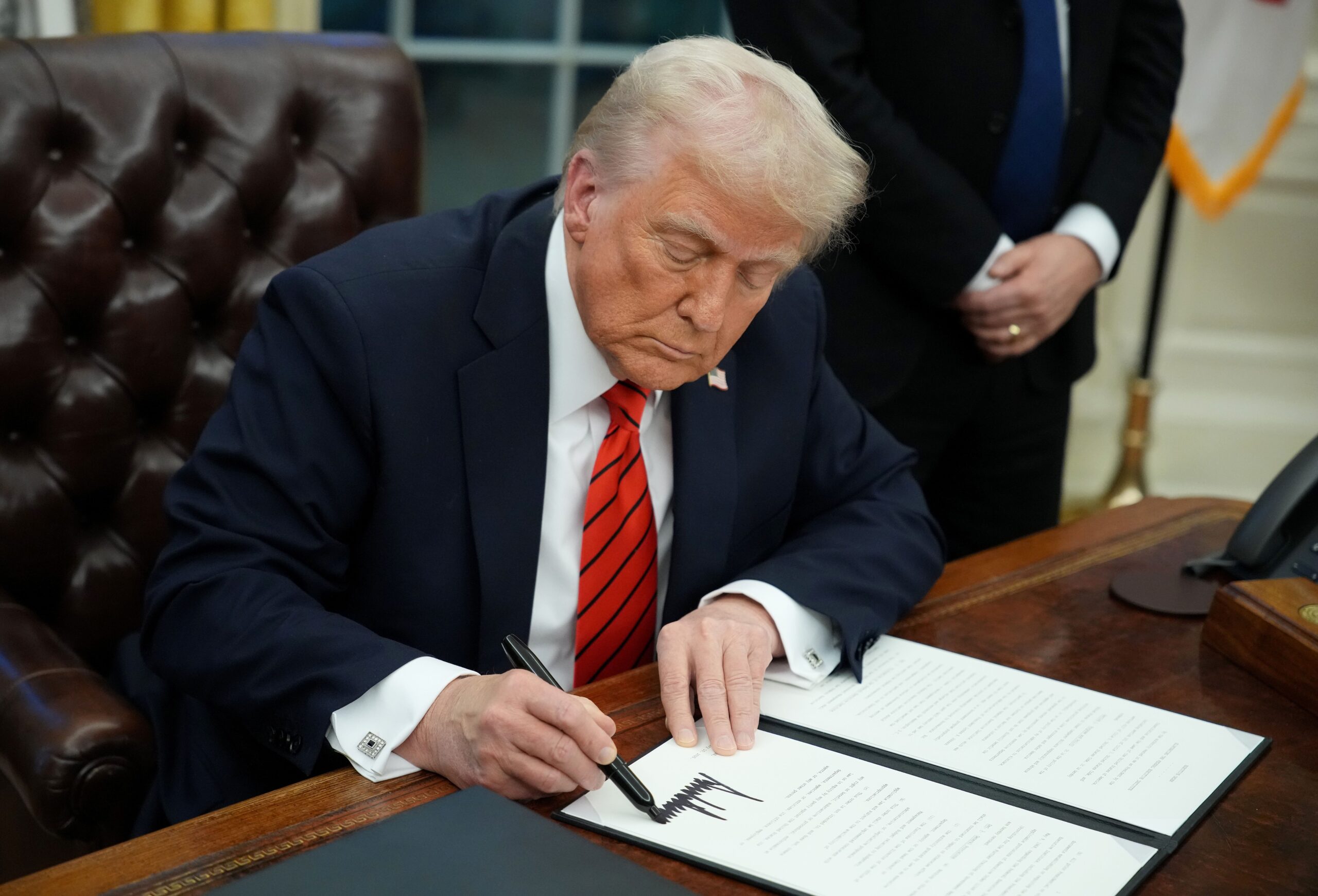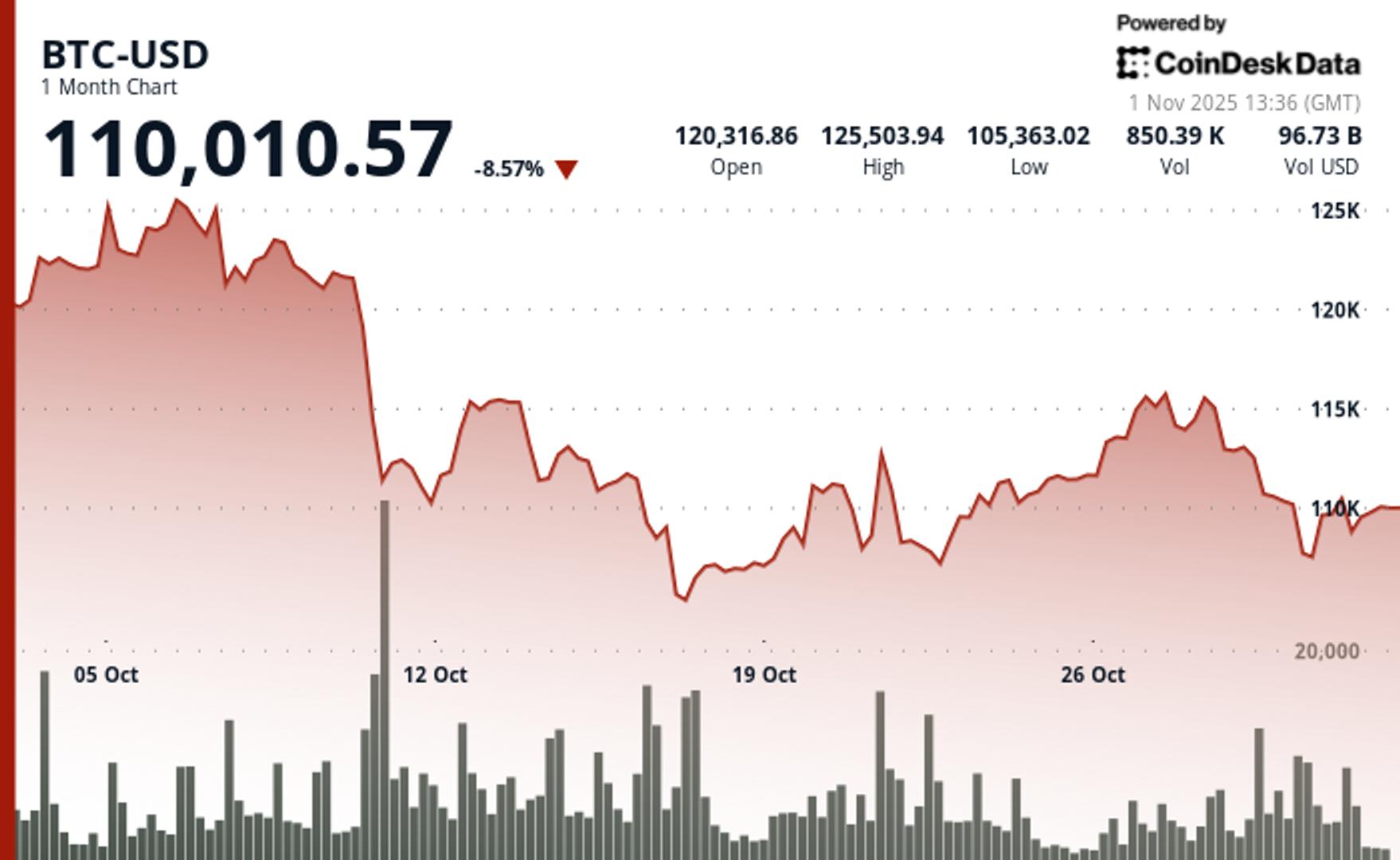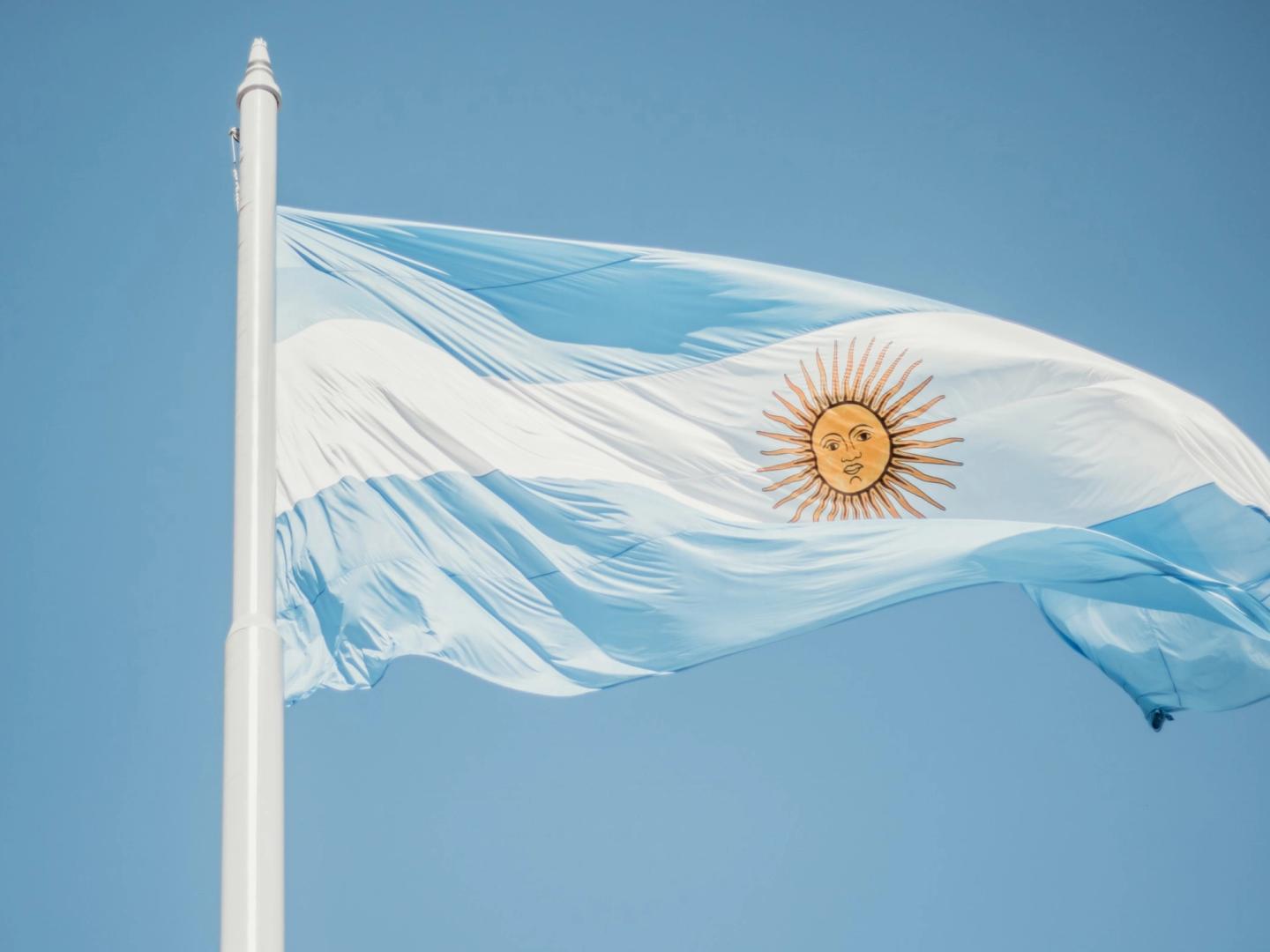Uncategorized
4 Unanswered Questions About Trump’s Crypto Reserve

At the Bitcoin Conference in Nashville in July, Donald Trump pledged to create a «strategic national bitcoin reserve.»
By Sunday morning March 2, that reserve also included ether (ETH), XRP, Solana (SOL) and Cardano (ADA) alongside bitcoin (BTC).
Trump’s message on Truth Social said his presidential working group was moving forward on creating the larger-scope crypto reserve, igniting a torrent of feedback from across the crypto community.
Many complained that the reserve isn’t just sticking to bitcoin. Others asked if the U.S. should be stockpiling tokens like XRP and Cardano at all. Others wondered what might have changed Trump’s mind.
Trump said he wanted to make the U.S. the “crypto capital of the world” and his timing seemed aimed at retail traders. “I love the genius of announcing a strategic reserve on a Sunday, when traditional markets are closed and Wall Street sleeps. For the first time, retail investors win,” tweeted Trump’s son, Eric Trump, Sunday night.
The assets’ prices rose almost immediately, with ADA benefitting in particular. Still, there’s a lot we don’t know about the “Crypto Strategic Reserve.”
Trump’s Sunday morning message was the first time the administration had said there would be five assets in the portfolio. Beyond that, details are sketchy. Here are some big questions.
1. Is he serious?
The U.S. already owns more than 200,000 BTC it claimed through seizures. Experts say this could be the basis for a National Reserve without Congressional approval. But a multi-coin reserve would surely require Congress to pass legislation.
Wyoming Senator Cynthia Lummis has proposed legislation that would see the U.S. buy $20 billion in the first year, and 20,000 more BTC in each of the following four years to take the U.S. stockpile to one million BTC. Lummis’s views on the now-expanded multi-coin reserve are unknown. She was planning to meet with industry leaders to discuss the matter on March 11. Will she now propose different legislation?
The other, subsidiary question is how the U.S. might pay for the expanded portfolio. Crypto is publicly traded and has a public price. It’s not clear from Trump’s message whether his administration will seek a new spending appropriation. Could the U.S. sell gold to buy crypto? We don’t know.
2. Why Include Solana, XRP and Cardano? Will There Be Others?
As many on X have noted, there are logical reasons to include bitcoin in a strategic reserve. “We’re talking about a reserve, and Bitcoin is the undisputed store of value for the digital age,” noted Hunter Horsely, the CEO of Bitwise. Bitcoin is “digital gold” and BTC’s “dominance” of the market is still north of 60%. BTC is the first asset any holder holds.
It’s harder to make a straightforward case for the other coins. For example, Cardano, with a dominance of 1.1%, is best known as an environment to build decentralized applications (dApps). It doesn’t have ETFs like bitcoin and ether and isn’t accepted by TradFi to nearly the same extent.
The five coins are being chosen for two different reasons. BTC and ETH are fully decentralized. Solana, XRP and Cardano are Made in America, and Trump may be including them to promote the U.S. crypto industry. Trump’s announcement seemed to leave open the possibility that the reserve could include other coins in the future.
3. Will the States Follow Suit?
CoinDesk’s Jesse Hamilton wrote recently that up to 22 states are considering creating their own crypto reserves, mostly in bitcoin. Will they now consider a wider range of assets?
4. Will Crypto Support It?
The reaction to Trump’s announcement across professional crypto was tepid-to-critical. Trump announced the reserve at Nashville aiming to please his audience. But today it’s not clear that the crypto industry is 100% behind his plan to bring the reserve about. If the measure gets pushback in Congress, the administration will need industry support, so that might be a worry for its backers. Certainly, Polymaket bettors are skeptical that the reserve will come about soon.
Uncategorized
Coinbase CEO Brian Armstrong trolls the prediction markets
While Armstrong may have helped some Kalshi and Polymarket users make a little money, he was also illustrating how easily these markets can be manipulated.
Business
Bitcoin’s ‘Red October’: What Happened to the Widely Anticipated Uptober Crypto Rally?

A mid-October sell-off knocked majors off early highs and left bitcoin down for the month while BNB and a few altcoins finished higher.
Business
Latin American Crypto Exchange Ripio Launches Argentine Peso Stablecoin ‘wARS’

The launch follows Ripio’s previous release of a tokenized sovereign bond and is part of a broader push to bring real-world assets onto blockchain rails.
-

 Uncategorized4 месяца ago
Uncategorized4 месяца agoRobinhood Launches Micro Bitcoin, Solana and XRP Futures Contracts
-

 Business1 год ago
Business1 год ago3 Ways to make your business presentation more relatable
-

 Fashion1 год ago
Fashion1 год agoAccording to Dior Couture, this taboo fashion accessory is back
-

 Entertainment1 год ago
Entertainment1 год ago10 Artists who retired from music and made a comeback
-

 Entertainment1 год ago
Entertainment1 год ago\’Better Call Saul\’ has been renewed for a fourth season
-

 Entertainment1 год ago
Entertainment1 год agoNew Season 8 Walking Dead trailer flashes forward in time
-

 Business1 год ago
Business1 год ago15 Habits that could be hurting your business relationships
-

 Entertainment1 год ago
Entertainment1 год agoMeet Superman\’s grandfather in new trailer for Krypton




